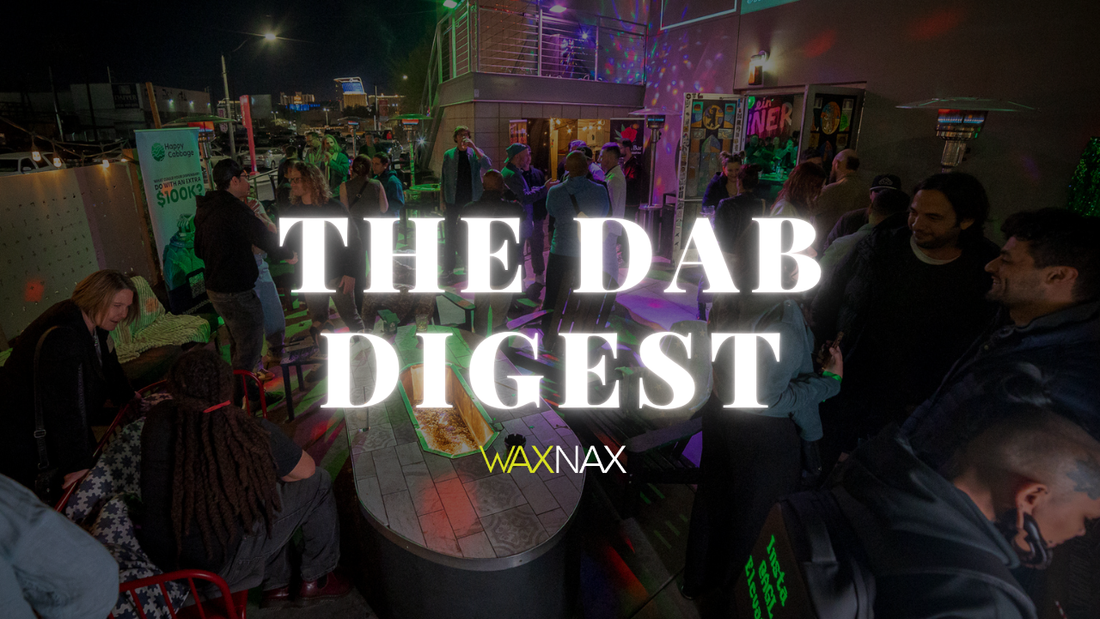
Global vs. Local: Where Cannabis Is Headed in 2025
Share
As we hit the halfway mark of 2025, the global cannabis industry is experiencing a transformation unlike anything before. From massive consumer shifts and product innovation to regulatory shakeups across the U.S., Europe, and beyond, the market is both expanding and maturing.
Here’s a deeper look at the global trends shaping cannabis in 2025 — plus how the U.S. stacks up compared to the rest of the world.
1. The Global Market Surges While the U.S. Stalls (Slightly)
Global Outlook:
• The global legal cannabis market is on track to hit $39 billion by end of 2025, led by Europe, Canada, and parts of Africa.
• Germany legalized recreational possession in 2024 and is preparing for commercial retail, influencing policies in France, Switzerland, and the Czech Republic.
• Morocco became a key legal exporter of medical cannabis to Europe in 2024, joining Canada as a dominant supplier.
Explore Morocco’s export surge to Europe
U.S. Reality Check:
• The U.S. remains the world’s largest cannabis market, valued at $34 billion in 2024, but is growing slower than international markets due to federal illegality.
• Over 20 U.S. states now allow adult-use cannabis, but federal restrictions still limit banking access, interstate commerce, and broader growth.
• States like New York, Maryland, and Missouri launched retail sales in the past 18 months, but rollout delays and legal challenges persist.

2. Concentrates & Beverages Take Over
Global Shifts:
• The cannabis concentrate market is booming, particularly in Canada, Australia, and Germany where patients seek high-potency formats for chronic pain and insomnia.
• Concentrates are valued for efficiency, discretion, and potency, with global CAGR projected at 15.7% into the 2030s.
• In Europe, flower remains dominant, but the demand for vape oils, hash, and live rosin is growing in medical programs.
U.S. Trends:
• Dabbing and vaping are now mainstream among American consumers — especially Gen Z and Millennials.
• Concentrates account for ~30% of retail sales in mature U.S. markets like Colorado and California.
• Meanwhile, cannabis beverages are showing up in grocery-adjacent venues, with $1 billion in U.S. sales expected by 2026.
• Brands like CANN and Keef are expanding, capitalizing on the growing consumer desire to replace alcohol with cannabis.
Cannabis drinks are eating into alcohol’s market share

3. Changing Demographics and the Rise of the Silver Consumer
Global Trends:
• In countries like Canada and Australia, senior citizens are among the fastest-growing groups of cannabis users, primarily for pain relief, sleep, and arthritis.
• Wellness branding, “plant-based,” “low-THC,” and “no smoke” dominates international medical markets.
U.S. Boomers Lead:
• In the U.S., cannabis use among adults 65+ has increased 46% over the past two years.
• Seniors now represent 7% of all active cannabis consumers, driven by pain relief and better sleep alternatives to prescription drugs.
• This demographic is reshaping packaging and product design — favoring easy-open jars, clear instructions, and microdosed edibles.
4. Policy Reform: DEA Rescheduling vs. International Legalization
Global Developments:
• Germany’s legalization in 2024 spurred discussions in France, Ireland, and the U.K.
• Thailand is rolling back its cannabis liberalization, limiting use to medical-only, due to safety concerns and unregulated sales.
• Pakistan launched its own regulatory cannabis authority in 2024 for medical and industrial use.

Federal Reform on the Horizon:
• The DEA is reviewing whether to reschedule cannabis from Schedule I to III — a move that could ease research, taxes, and banking.
• The SAFE Banking Act, stuck in legislative limbo for years, could finally open up financial services to cannabis businesses.
• Rescheduling wouldn’t fully legalize cannabis federally, but it would legitimize operations and remove 280E tax restrictions.
How rescheduling could help U.S. cannabis companies
5. Challenges: Regulation, Black Markets & Market Volatility
International Headwinds:
• Countries with limited retail options (e.g., Germany banning edibles) risk strengthening black market sales.
• In Canada, overproduction and limited export channels have caused significant market volatility, affecting public company valuations.
U.S. Pressure Points:
• Black markets persist in states like California, where high taxes and complex regulations have driven legacy operators underground.
• Cannabis companies still struggle to access capital, forcing many to scale back or sell.
• Aurora Cannabis, a Canadian company trading in U.S. markets, saw stock drop 17% in early 2025 due to international oversupply.
Aurora’s recent downturn amid global pressures
U.S. vs. International: Key Comparisons
The Final Puff
The cannabis world in 2025 is no longer centered solely on the U.S. While America still leads in size and innovation, global players are catching up fast — building modern regulations, opening trade routes, and developing new consumer experiences.
For U.S. brands, this is a call to evolve: international competition is heating up, and federal reform is inching closer. Whether you’re a patient, a producer, or a policymaker, 2025 is proving to be a defining moment in the evolution of cannabis worldwide.
Until next time.. Happy dabbing, everyone!
- The WaxNax Team





